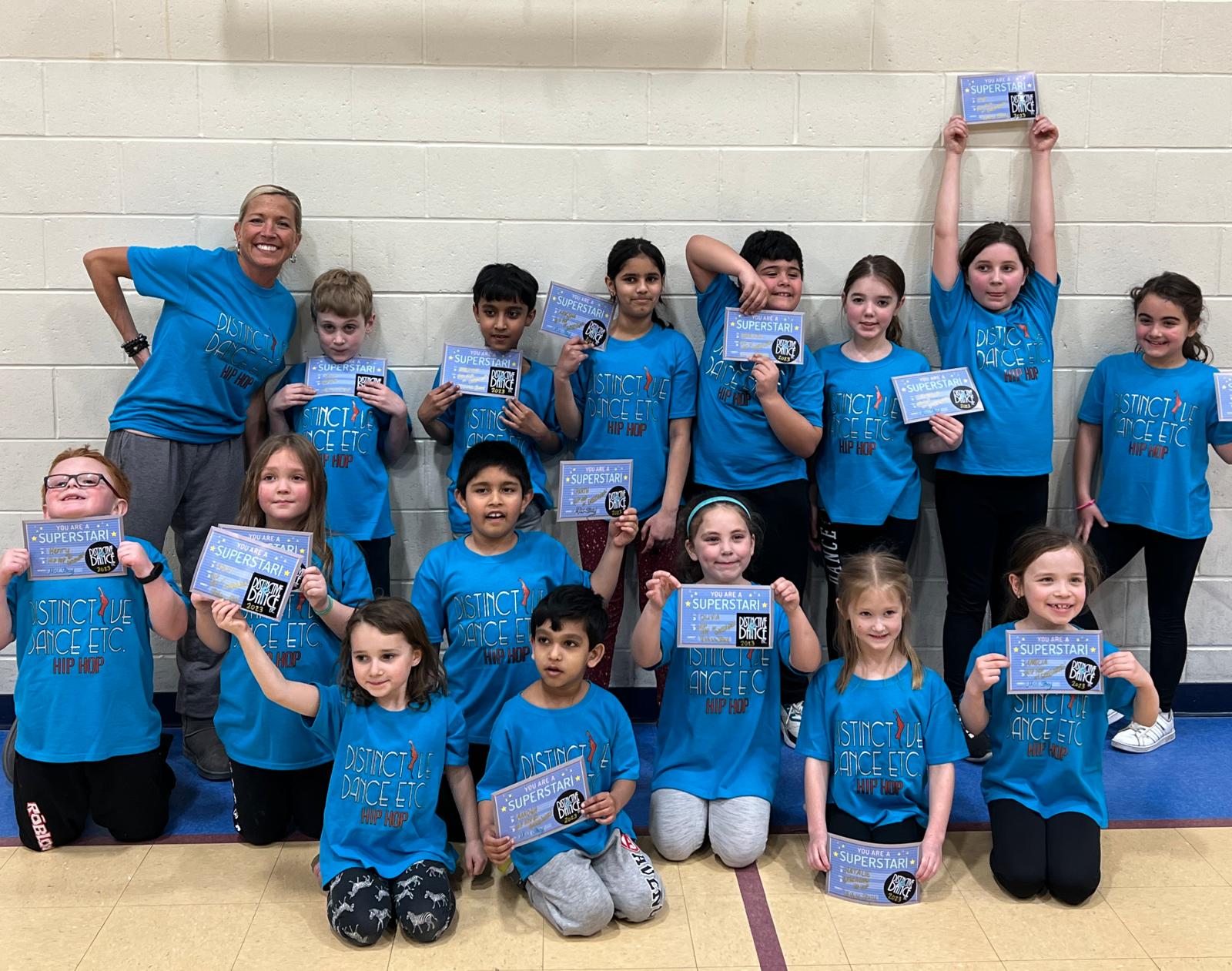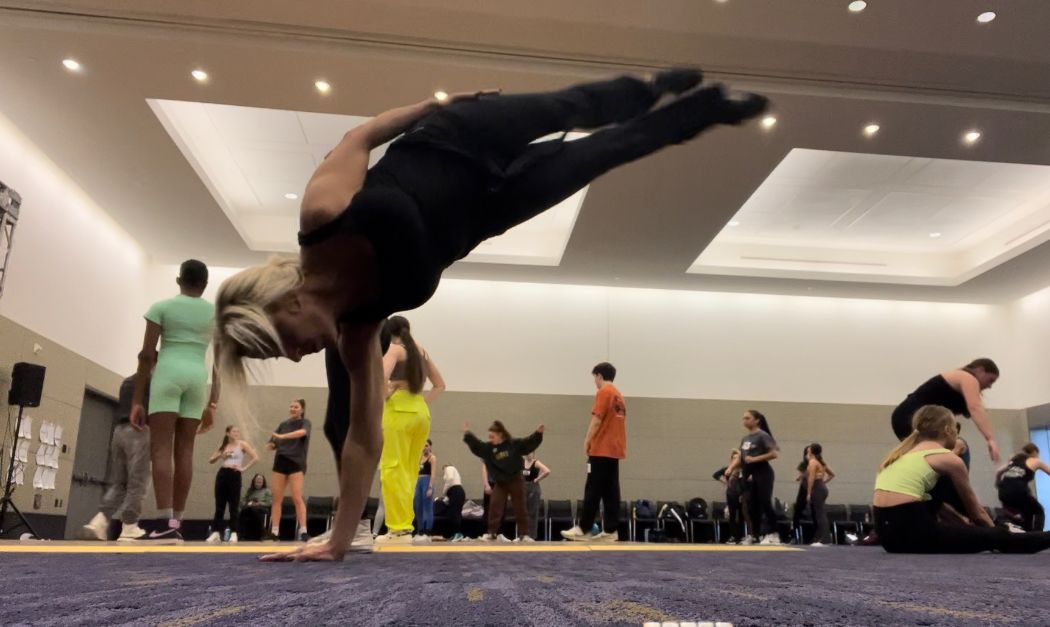Although you are aware of how much your child enjoys dancing lately they have lacked motivation. While 70% of children stop participating in sports by the age of 13, this is completely normal.
You know as a parent when your child needs to stop doing something they no longer like. What should you do, though, if you know they adore something but just need a little push? Distinctive Dance Etc is known for providing the best dance classes Ballet and gymnastics Cranston.
Read on to learn more about parent dance advice to encourage your dancer not to quit.
- Set Goals
The best dance advice you can get is to set goals with your child. They remain motivated as a result because commitment comes from having goals.
You can support your child’s motivation when the goals you set together are clear, reasonable, and doable. You should act as a motivator for their dancer to accomplish the objectives they have set as a parent. They will want to work harder if they become motivated by the goals and eventually create their own without your assistance.
A modest objective, like spending just two hours a week working on a certain dance move, can develop into something bigger in the future. As you set these objectives, it’s crucial to put them in writing and post them in a visible location where your dancer may see them every day. Each day they will be reminded of their obligations by the physical presence of these goals.
Evaluating the Goals
There is always room for improvement, which is one advantage of dance. The objectives you could come up with together can therefore constantly be broadened. You must assist their dancer in setting a new objective once they have attained their initial one.
You could learn that these objectives are less realistic than you initially imagined as you work towards them. This is why it’s critical to periodically review the objectives.
Younger kids should set modest objectives like meeting friends, picking up a few movements, and always having fun. To maintain their interest over time, these objectives should become more detailed.
This brings up a further point regarding dancing advice. Don’t put too much pressure on your dancer to achieve impossible goals. The simplest way to turn them off is to do this.
Your youngster won’t want to dance when you have unhealthily high expectations for them. Always keep in mind that not everyone shares your dream.
Consider where your child is at this period of their life. As younger children will have a shorter attention span, it is beneficial to develop objectives that keep them interested. You must respect them despite the fact that they are young and assist them in achieving the objectives they have set together with you.
- Make Them Feel Good
Making your child feel good is a surefire method to increase their sense of self-worth and, in turn, their motivation. With kids, positive reinforcement is infallible. Tell them how well they performed and encourage them to do better so they can move up, even if they end up dancing in the back row.
No matter how subtly a dance teacher tries to disguise it, even kids can tell what is happening. They are going to notice if they are always in the background or if they see others receiving solo portions when they don’t.
Speak with the dance instructor if this is starting to significantly affect your child’s self-esteem. The kids could be moved about during practice to give them the impression that they are not in one location. It might be useful even if they are in a different order but are still in the back.
Every so often, give them a treat to help them feel good about the effort they are doing. Provide a celebration to them when they achieve significant milestones in their ambitions, whether it’s pizza night or a new dancing outfit.
Don’t Compare
By staying away from comparisons, you can also keep your child’s spirit high. Even if it isn’t their purpose, parents are typically at the forefront of this issue. Make sure your kids don’t know if you are comparing youngsters in your head at all.
When a child is giving their best effort, hearing their parent say someone else did a better job than them won’t make them feel good. This is where positive reinforcement comes in. Offer constructive criticism after identifying a positive aspect of their performance or practice.
It does not come off as disappointment when you encourage your children with constructive criticism. Even young children have the intelligence to recognize their parent’s disappointment.
Our expert instructors use a comprehensive approach to teaching Ballet and Gymnastics Cranston and many more dance classes.
- Set an Example
Dancing has the added bonus of being a fun activity you can do with your kids. Your child is much more likely to follow your lead when you are moving about.
Maintaining your child’s positive attitude is one of the suggestions for better dance sessions. Staying active and enthusiastic throughout the day is the greatest approach to achieving this. To increase your child’s motivation to achieve the objectives you’ve set, get them excited about going to their dance class.
You may attend your children’s dancing class with them, if the studio permits it, to let them know you support them all. They can keep up with something if you can.
One of the dance tips that can support establishing a positive rapport with the dance instructor is this one. Teachers are crucial in your child’s life, therefore they ought to be in yours as well. Don’t interfere too much or become overly involved, but do seek out input as appropriate.
Conclusion
You should always participate in your child’s extracurricular activities as a parent to keep them motivated. But be prepared for difficulties at all times and know how to handle them. Using this manual, you may learn the dancing techniques you need to practice to keep your kid interested even when things are tough.
Your children will succeed when you invest in the right dancing gear. Distinctive Dance Etc., Located in Greenwood Proper in Warwick, offers a stimulating environment for children of all ages, encouraging them to explore and grow while having. You can get in touch with us to learn more about how we can help you with your child’s dance Ballet gymnastics Cranston lessons.





